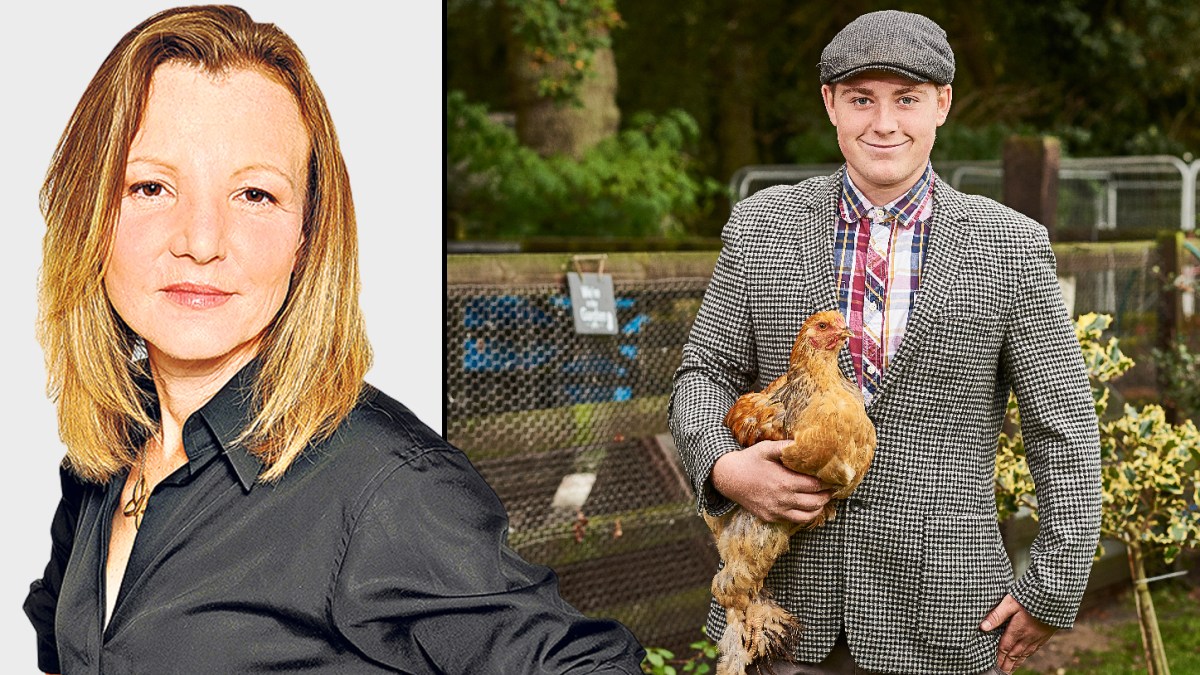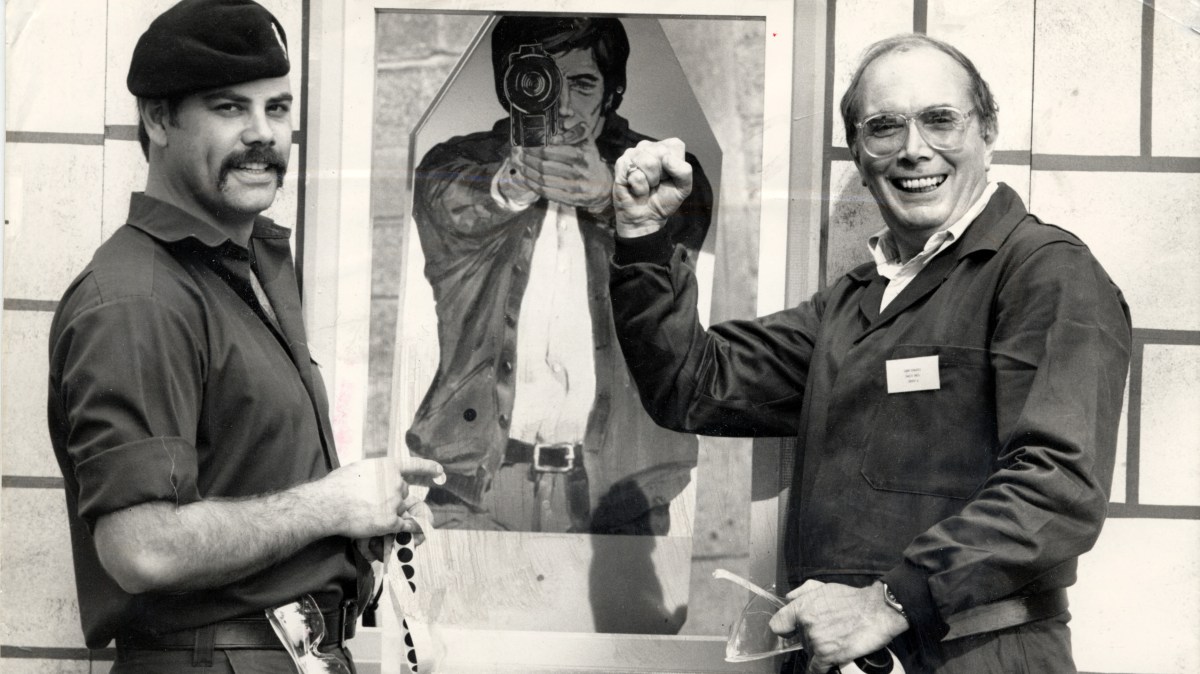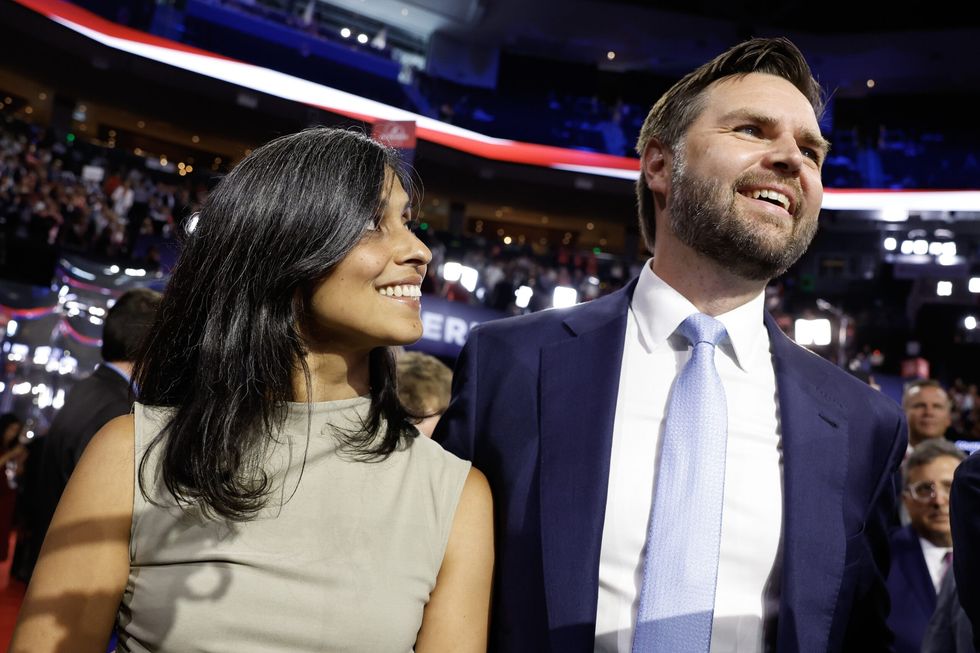William Hanson, an esteemed etiquette expert, recently outlined essential characteristics that define “a true gentleman” in an article for Country Life. His insights provide a modern take on gentlemanly behavior, blending traditional values with contemporary expectations.
Hanson asserts that a true gentleman embodies confidence in his preferences, stating that he “has no doubt that Roger Moore is the best Bond.” This statement, while subjective, sets the tone for a broader exploration of what it means to be refined in today’s society.
Modern Manners and Timeless Traits
In his list, Hanson highlights practical skills as key components of gentlemanly behavior. For instance, he emphasizes the importance of being able to “scramble eggs without fuss.” This reflects a belief that a gentleman should not only be cultured but also self-sufficient.
In a playful response, a female contributor has suggested additional traits that complement Hanson’s points. She argues that a true gentleman should not leave small piles of pocket contents scattered about, a practice that demonstrates consideration for shared spaces. Furthermore, she notes that part of being a gentleman is the ability to discuss film narratives—such as who killed Vinnie in a mafia film—with patience and clarity, devoid of irritation.
Another light-hearted addition includes the notion that a gentleman refrains from sharing details of his bowel movements. This reflects a broader expectation of discretion in personal matters, reinforcing the idea that composure and restraint are valued traits.
Bond Preferences and Everyday Etiquette
Interestingly, the discussion also touches upon popular culture, where preferences for different portrayals of James Bond become a point of contention. While Hanson supports Roger Moore, the female contributor confidently asserts that “Daniel Craig is the best Bond.” This divergence in opinion highlights how contemporary gentlemen navigate playful debates while maintaining respect for differing views.
Returning to everyday practices, the female viewpoint stresses the importance of returning items—like Sellotape and scissors—to their original places after use. This simple act of organization is a reflection of a gentleman’s respect for communal environments and shared responsibilities.
With these insights, both contributors illustrate that gentlemanly behavior encompasses a blend of traditional courtesies and modern sensibilities. As the conversation around etiquette evolves, it becomes clear that the definition of a gentleman continues to adapt while maintaining core values of respect, consideration, and self-awareness.
Ultimately, the traits outlined by Hanson and his female counterpart provide a roadmap for those striving to embody the essence of a true gentleman, making their mark in both personal and social interactions.







